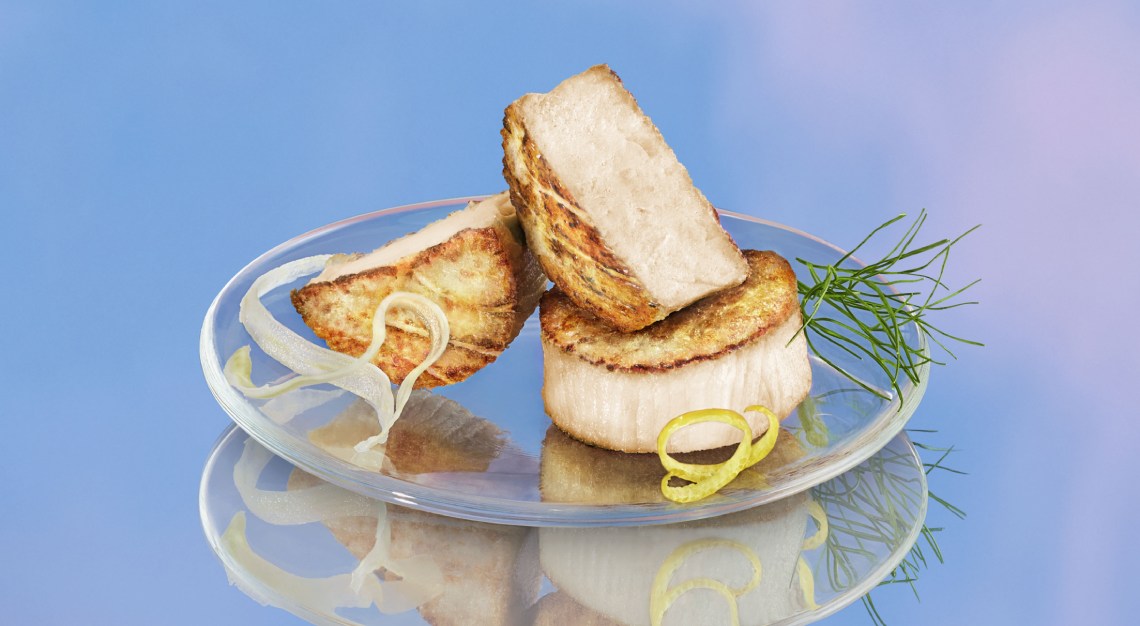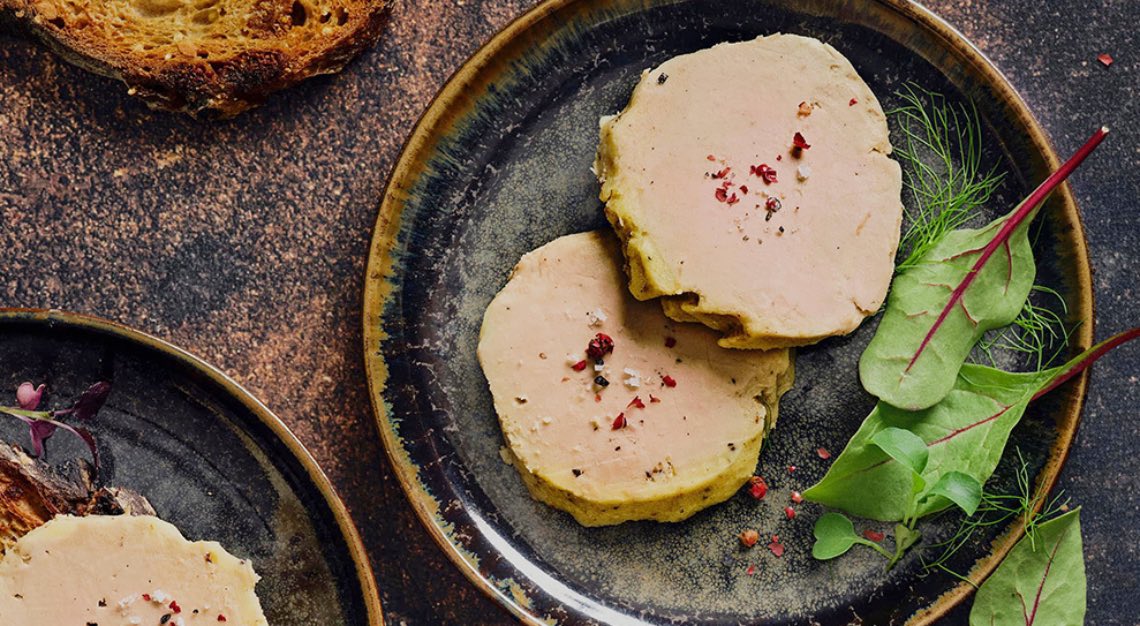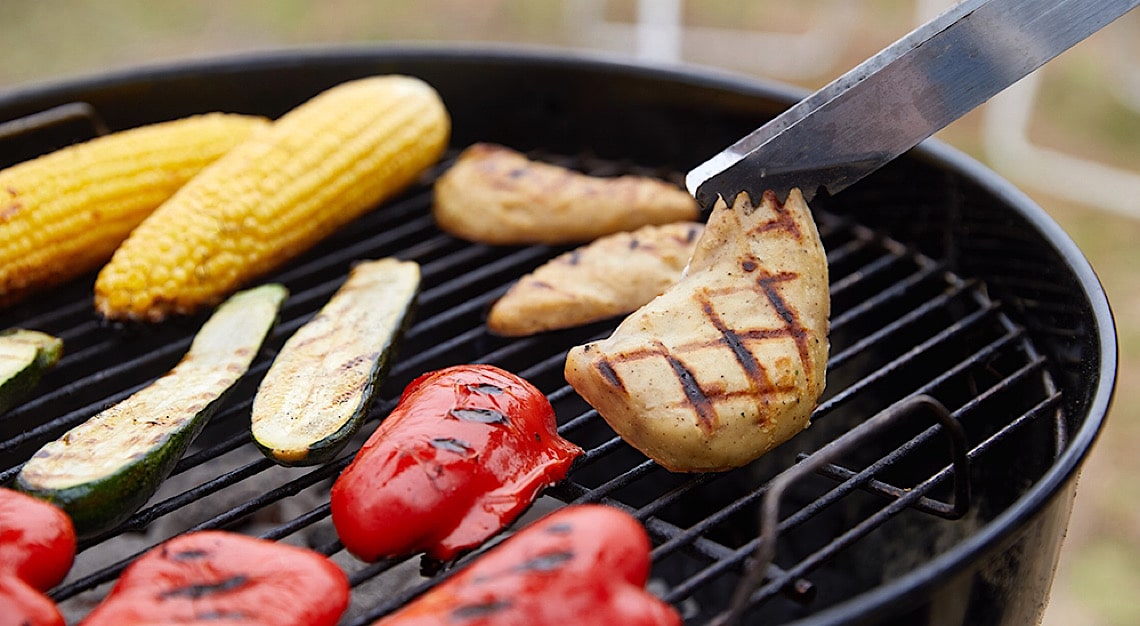How you can have your steak and eat it, guilt-free
It’s likely a set of numbers that social justice warriors mumble in their sleep, but even should they happen to be a bit off, the statistics that relate to food—and especially meat—production and consumption is pretty alarming. The world population currently stands at 7.9 billion. According to the World Economic Forum, the number of people on earth has doubled in the last 50 years, but the amount of meat consumed has tripled. Some 50 billion chickens are slaughtered each year for food, along with 1.5 billion pigs and 300 million heads of cattle; we consumed 150 million tonnes of seafood in 2016.
It’s not all bad. According to the United Nations, the proportion of undernourished people in the world did decline from 15 per cent during the period of 2000 to 2004 to 8.9 per cent in 2019. Courtesy of the pandemic and much else, we note that the number of undernourished people rose 18 per cent between 2019 to 2020, to 10 per cent of the global population—two steps forward, one step back. For the rest of the world, eating all that extra protein and growing taller than their parents surely warrants a thumbs-up.
But is there a cost to all this, and is there a better alternative by far, good enough that one can be weaned from, say, steak? What does it take to feed all (most) of us? Whichever way we look at it, the simple answer is, “a lot”.

For the love of meat
Food production accounts for a quarter of global greenhouse gas emissions, occupies a whole half of the global hospitable land, and takes up 70 per cent of the global freshwater withdrawals (with industry and households accounting for 19 per cent and 11 per cent, respectively).
In comparing greenhouse gas emissions from producing various foods, beef production, the most egregious offender, gives off more than twice the No.2 offender, lamb and mutton. Poultry gives off a tenth in comparison, and rice a mere twentieth.
Having a half of all hospitable land dedicated to food production leaves 48 per cent for vegetation (forests, shrubs and grasslands), just another one per cent as freshwater coverage, and the remaining one cent for urban areas and other human infrastructure. That’s a sizeable chunk, especially to people in Singapore, where land is so scarce burial land is short-leased and water even scarcer that we drink processed wastewater from the tap. But we eat to live, so it can’t be helped?
Where environmentalists have a beef with meat eaters is that it takes up so much of the earth’s resources to produce meat, as compared to greens. When combined, pastures for grazing and cropland for growing animal feed take up 77 per cent of agricultural land. One third of the world’s grain goes towards feeding livestock; and it takes more than 15,400 litres of water to produce 1kg of beef, about 50x more than that used to grow the same weight of vegetables. For all this, livestock supplies just 18% of global calories and 37 per cent of protein.
“A vegan diet is probably the single biggest way to reduce your impact on planet Earth, not just greenhouse gasses, but global acidification, eutrophication, land use and water use,” said Joseph Poore, at the University of Oxford, UK, who led one of the most comprehensive studies into the environmental impact of food production in recent years. “It is far bigger than cutting down on your flights or buying an electric car,” he said, as these only cut greenhouse gas emissions. According to the study, by giving up meat and dairy, we can reduce global farmland by more than 75 per cent—reclaiming a landmass the size of the US, EU, China, and Australia combined—and still feed the world.
So, to save the world, eat less meat, preferably none at all; at least not beef! That explains the flurry of plant-based “meatless” products hitting supermarket shelves, magic bullets fired in the hope of slaying the meat-loving beast. Lately, another solution has emerged that could very well change the conversation about food, and make hunger a matter of personal choice: by pulling protein out of the air itself.
Always have enough
A rummage through old NASA archives did not turn up an heirloom watch to give auctioneers a stroke but Dr. Lisa Dyson and Dr. John Reed found something much far better: all but forgotten 1970s research into feeding astronauts over extended space journeys by converting the air they breathed into protein. Dyson and Reed picked up where the NASA scientists left off, and went on to found Air Protein in 2019, introducing “air chicken” in their first year.
As opposed to making meatless substitutes out of soy, pea or other vegetable proteins, Air Protein is synthesised through fermentation, where microbes are fed a mix of carbon dioxide, oxygen, minerals, water, and nitrogen. The end result is a protein-rich flour, which has a similar amino acid profile as meat protein. This can then be turned into various types of meat—“We just add culinary techniques that give you the different textures that you’re looking for,” says Dyson. Chicken, beef, pork, and seafood can be substituted, with their taste and texture replicated by the application of pressure, temperature and cooking techniques.
World changing
The economies that Air Protein brings to the table is nothing short of world-changing. The production cycle for beef is around two years. Soy as a substitute takes three months. Air Protein synthesised via a carbon-negative process is harvested in four days. Moreover, while soy cultivation utilises around a hundredth of the land needed to produce the same mass in beef, Air Protein is even more efficient, that an Air Farm the size of Walt Disney World can produce the same amount of protein as a soy farm the size of Texas.
It remains to be seen if consumers will take to Air Protein en masse. But it’s comforting to know that there are much more vexing difficulties than feeding everyone without turning the world into a toxic dump. Besides, in a world of individuals, tribes and corporations tightly-knit in social media, there is a real terror of stepping outside the band of accepted opinion. Plastic bags have become a dirty word. Meat, or at least beef, could conceivably follow.






